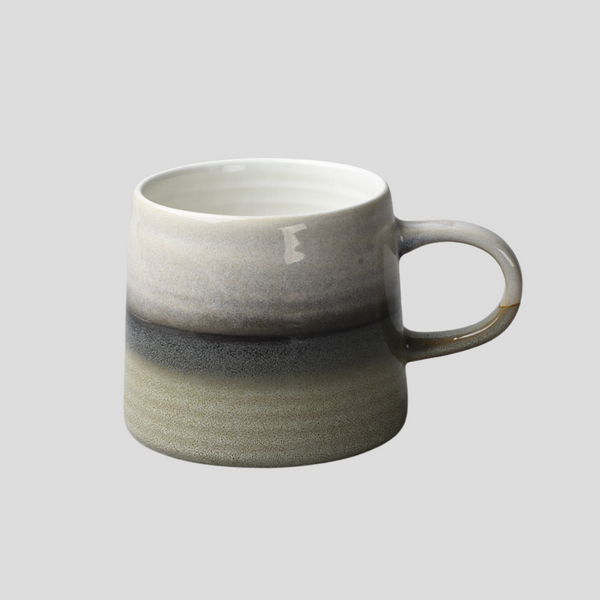
Essential Tools for Industrial Clay Modeling: A Guide
Essential Tools for Industrial Clay Modeling: A Guide
Industrial clay modeling is a crucial part of the design and manufacturing process, especially in automotive, aerospace, and consumer goods industries. It allows designers and engineers to transform their ideas into tangible, three-dimensional prototypes. Achieving precision and detail in clay modeling requires not only skill and creativity but also the right set of tools. This guide outlines the essential tools for industrial clay modeling, ensuring that professionals and enthusiasts can effectively materialize their visions.
1. Clay
The primary material in clay modeling is, unsurprisingly, the clay itself. Industrial modeling clay is different from the clay used in pottery or art; it is a non-hardening, malleable material that can be shaped and re-shaped without losing its texture or consistency. It comes in various hardness levels and colors, with each type serving specific modeling needs. Selecting the right clay is fundamental to achieving the desired results in a modeling project.
2. Clay Modeling Tools (Ribbon Tools, Wire End Tools)
For sculpting and adding details to clay models, a variety of specialized tools are used. Ribbon tools, made from thin, flat, ribbon-like steel, are excellent for cutting and shaping clay. Wire end tools have looped ends and are used for carving, hollowing out areas without creating much waste, and adding fine details. The choice of tool depends on the specific task at hand, whether it be adding intricate details or shaping large sections of clay.
3. Loop and Wire Tools
Loop tools, similar to wire end tools but with a continuous loop, are essential for trimming and refining the surface of the clay model. They allow for precise control and are particularly useful for creating smooth surfaces and adding texture. Wire tools, often used for slicing large blocks of clay, come in handy for adjusting the size or removing large sections of a model before detailed work begins.
4. Rakes and Serrated Metal Tools
Rakes are metal tools with serrated edges that are used for texturing and finalizing shapes in clay. They help in removing excess clay and smoothing out surfaces while leaving a textured finish that can be further refined. These tools are vital for achieving the final shape and surface quality of the model.
5. Scrapers and Knives
Scrapers and knives are indispensable for shaving off thin layers of clay and creating sharp, clean edges. They come in various shapes and sizes, allowing for versatility in sculpting and precision in defining the model’s features. Proper handling and skillful use of these tools can significantly influence the accuracy and aesthetics of the final product.
6. Paddles and Brayers
Paddles, usually made of wood or metal, are used to apply even pressure on large surfaces or to compact layers of clay. Brayers, or rollers, help in flattening surfaces and ensuring an even thickness throughout the model. These tools are crucial in the early stages of clay modeling, where establishing a uniform base is essential.
7. Surface Finish Tools (Sponges, Cloths)
The final touches to a clay model involve refining the surface to the desired texture. Sponges and cloths can be used to smooth out any imperfections and prepare the model for painting or scanning. The texture of the sponge or cloth used can range from fine to coarse, depending on the finish required.
In conclusion, each tool in the arsenal of industrial clay modeling plays a specific role in transforming a concept into a three-dimensional prototype. Mastery over these tools, combined with creativity and technical skill, enables modelers to create precise, detailed models that effectively convey design intent. Whether you are a professional in the design and manufacturing industry or an enthusiast looking to explore the world of industrial clay modeling, understanding and utilizing these essential tools is the first step towards bringing your ideas to life.
Check out our 5-star rated DIY-toolkit here!
















































